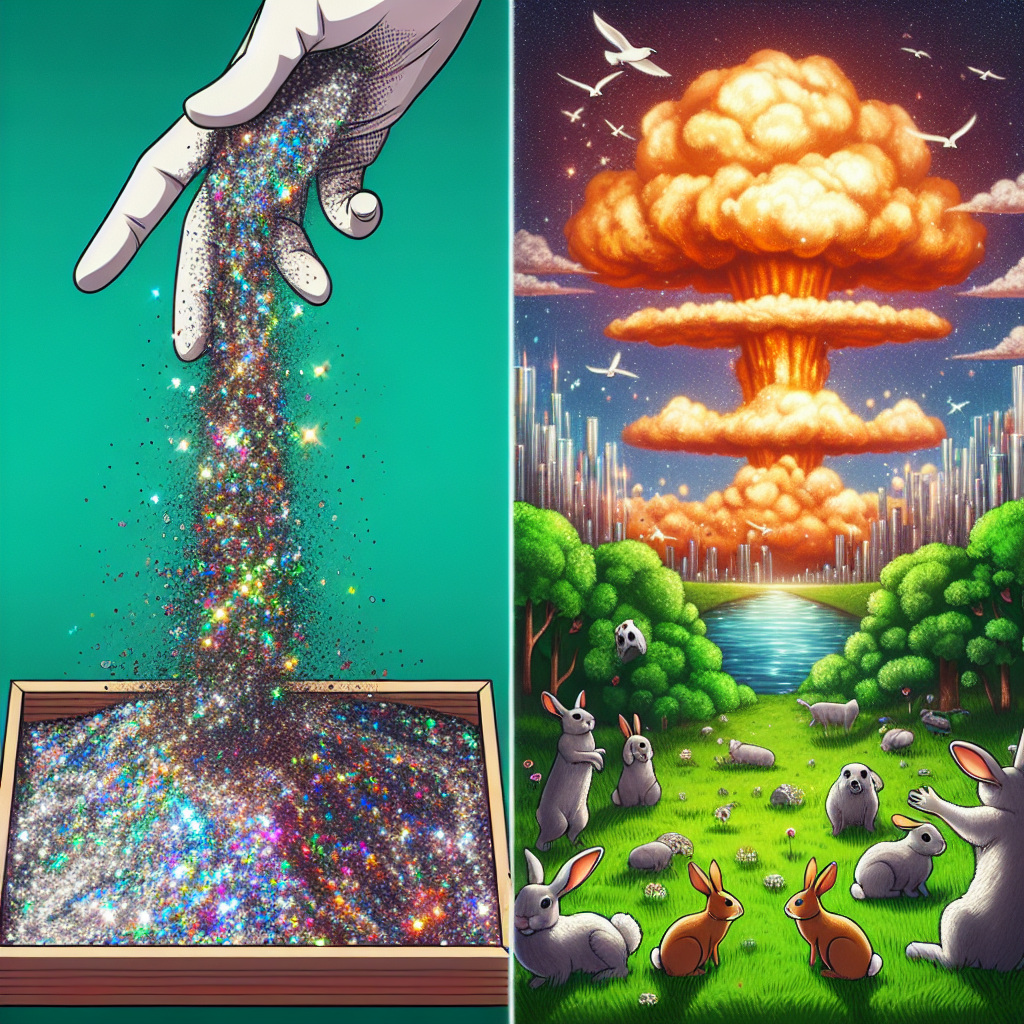Glitter’s Hidden Hazard: A Shimmering Environmental Threat
Glitter’s Hidden Hazard: A Shimmering Environmental Threat
The Allure of Glitter
Glitter, with its sparkling appeal, is a staple in arts, crafts, and cosmetics. Its ability to add a touch of magic to any project makes it a favorite among children and adults alike. However, beneath its dazzling surface lies a significant environmental concern.
Environmental Impact
Despite its small size, glitter poses a substantial threat to the environment. Here are the key issues associated with its use:
- Microplastic Pollution: Glitter is primarily made from plastic, contributing to the growing problem of microplastic pollution in oceans and waterways.
- Harm to Marine Life: Marine animals often ingest these tiny particles, mistaking them for food, which can lead to severe health issues or even death.
- Long-lasting Effects: Due to its non-biodegradable nature, glitter persists in the environment for extended periods, exacerbating pollution problems.
Efforts to Mitigate the Threat
Recognizing the environmental hazards, several initiatives are underway to address the glitter problem:
- Biodegradable Alternatives: Researchers and companies are developing eco-friendly glitter made from natural materials like cellulose.
- Regulatory Measures: Some regions are considering or have implemented bans on traditional plastic glitter to curb its environmental impact.
- Public Awareness Campaigns: Efforts to educate consumers about the environmental risks associated with glitter are gaining momentum.
Conclusion
While glitter continues to enchant with its sparkle, its environmental repercussions cannot be ignored. The shift towards sustainable alternatives and increased awareness are crucial steps in mitigating its impact. By embracing eco-friendly options and supporting regulatory measures, we can enjoy the shimmer without compromising the health of our planet.














